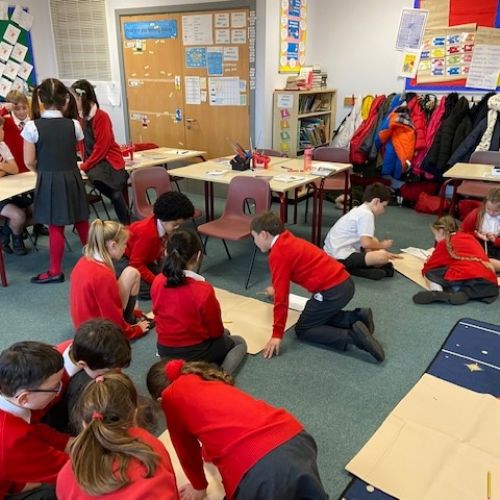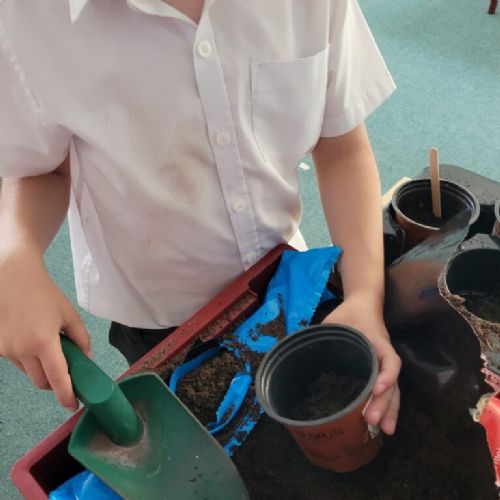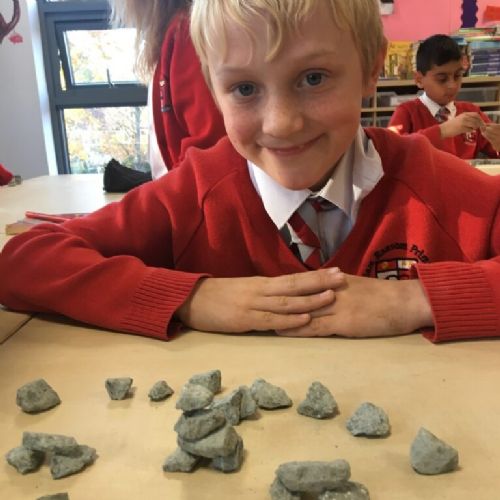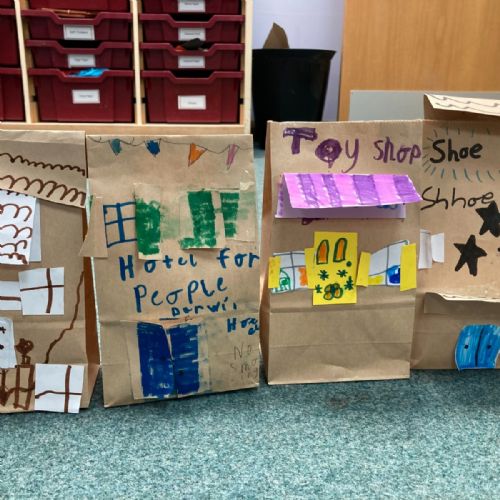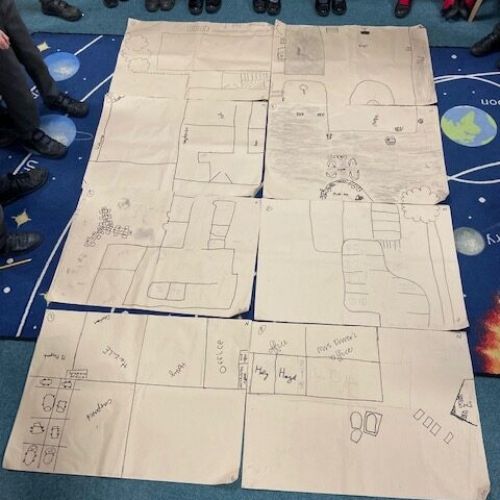Geography
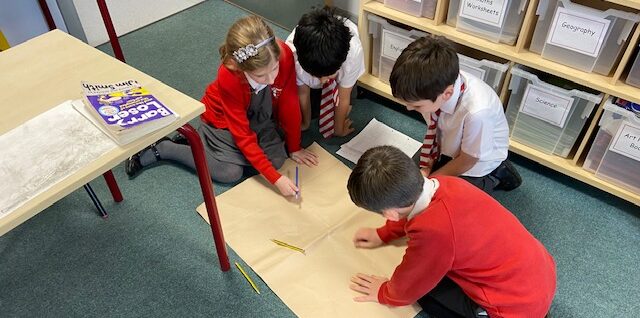
Intent
The national curriculum describes the purpose of geography education as ‘inspir(ing) in pupils a curiosity and fascination about the world and its people that will remain with them for the rest of their lives.’ At William Ransom, our geography curriculum has the following aims:
- To stimulate children’s interest in their surroundings and in the variety of human and physical conditions on the Earth’s surface.
- To foster children’s sense of wonder at the beauty of the world around them.
- To help children to develop an informed concern about the quality of the environment and the future of the human habitat.
- To enhance children’s sense of responsibility for the care of the Earth and its people.
- To develop their skills of observation, recording and data collection.
- To develop first-hand skills through fieldwork and trips.
As the Earth is a diverse and multi-faceted place, so is geography – the study of the Earth – a diverse and multi-faceted subject. However, the learning that takes place in geography lessons comes under two broad headings: the acquisition of knowledge and the development of geographical skills.
Knowledge
The first aim of our geography curriculum is to equip children with knowledge about their world. In Early Years and Key Stage 1, this means the children’s immediate world that they see and experience every day. They learn about their own location: the school, their neighbourhood, and their town. By Year 2, they are ready to look further afield, comparing Hitchin with other locations within the UK and abroad.
As our pupils progress to Key Stage 2, their world begins to expand. They are ready to go beyond the borders of the UK and learn about the rest of the world. Children gain locational knowledge – where places are – and place knowledge – what places are like. This includes both the physical and the human geography of the locations we study.
In Key Stage 2, we also want our pupils to look at key aspects of physical and human geography across the world. This means acquiring general knowledge about geographical features such as mountains, volcanoes and rivers. Human geography is covered throughout our pupils’ journey at William Ransom, but tends to take a more central role in upper Key Stage 2 as children explore in greater depth topics such as sustainability and economics.
Geographical Skills
As our children acquire knowledge, the second, equally important aim of our curriculum is that they acquire geographical skills. These fall into four main categories:
- Enquiry and Investigation: Asking and responding to questions when investigating different places and environments.
- Interpret a Range of Sources of Geographical Information: Interpret a variety of maps, use compasses, grid references, symbols and keys (including Ordnance Survey maps).
- Communicate Geographical Information: Develop and express opinions on local and global geographical issues including the environment. Communicate geographical information through a range of methods.
- Fieldwork: Develop skills for observing, measuring, recording, and analysing human and physical features.
These skills are imbedded throughout our curriculum, from our EYFS right up to Key Stage 2, with our Progression of Skills carefully designed to ensure that, every year, pupils build on what they have already learnt.
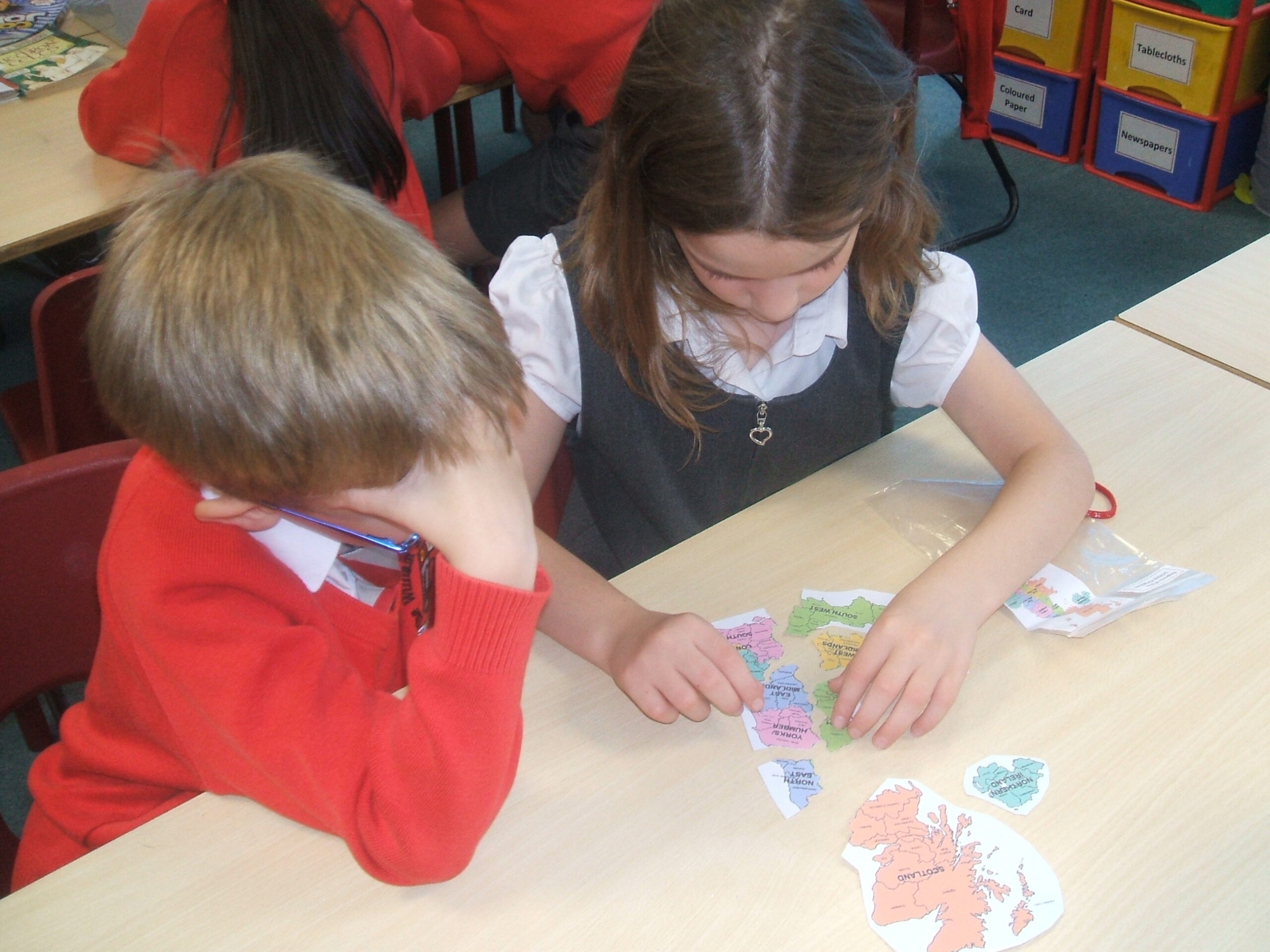
Implementation
In Reception, Geography is learnt through child led activities within the wide-reaching areas of the EYFS curriculum and in KS1 learning takes the form of topics whereas in KS2 the subject is taught discretely. This approach reflects and responds to the way in which children develop and how they come to make sense of the world around them as their knowledge and understanding progresses as they get older.
Lessons are delivered with a variety of approaches ranging from adult led discussion and paired or group work to practical activities such as map making and research. As a subject that has a broad range of topics, it needs an extensive range of methods which we plan so we meet the aims and goals of the curriculum as well as the key knowledge and skills to ensure progression throughout the school. Where relevant, cross curricular links are planned and used to aid children in remembering and recalling their knowledge and understanding of the topics they cover.
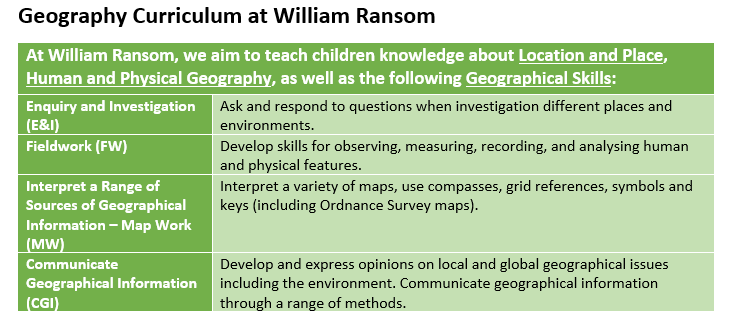
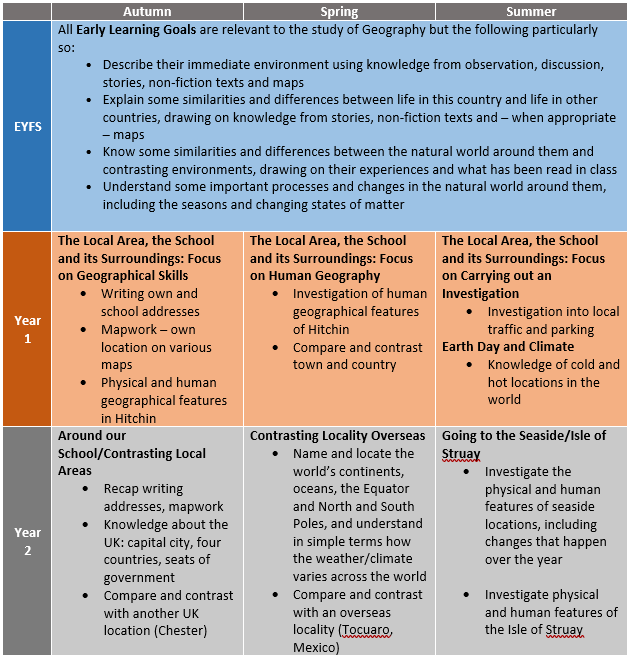
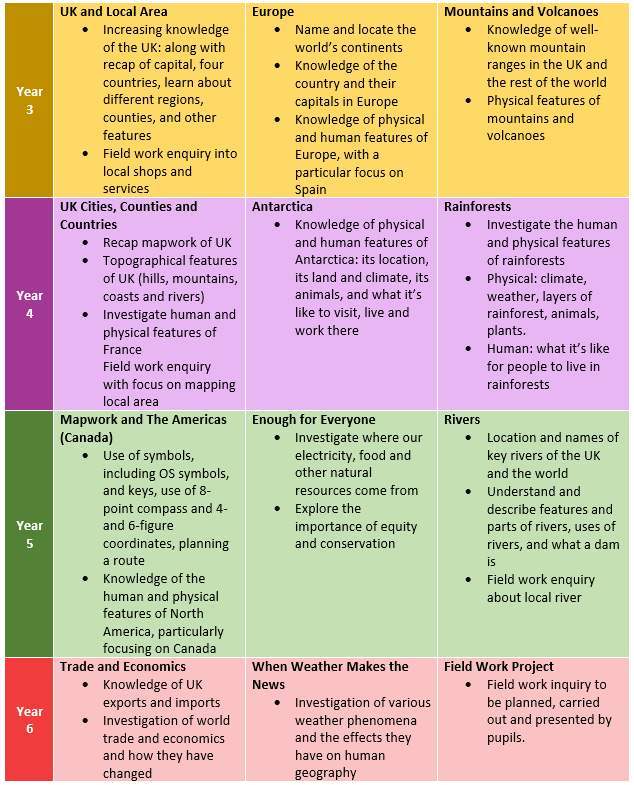
Impact
As a school, we are very active within our local community, and it is the excitement and enjoyment we see in our children during events that show the impact learning about our world has on them. Their compassion for others and the environment demonstrates just how much they’ve understood through their learning, and we hope this creates a lifelong willingness to learn about and from people and places both near and far.
Our children are able to express their opinions from a place of appreciation for the wider world and can talk about the different issues within our society that affect both human and physical geography. They are confident, motivated and inspirational citizens of the local and wider community and this is clear through their discussion about their learning, but most importantly their actions. Instilling this in them at a young age, ensures they will go to use their skills they have acquired and apply them to all areas of life. Equipped with these skills as well as their knowledge and understanding, we are confident they will continue their geography learning journey beyond their primary education.


